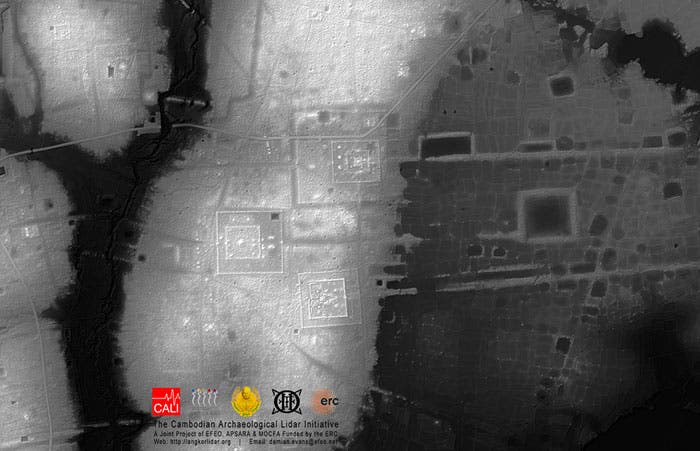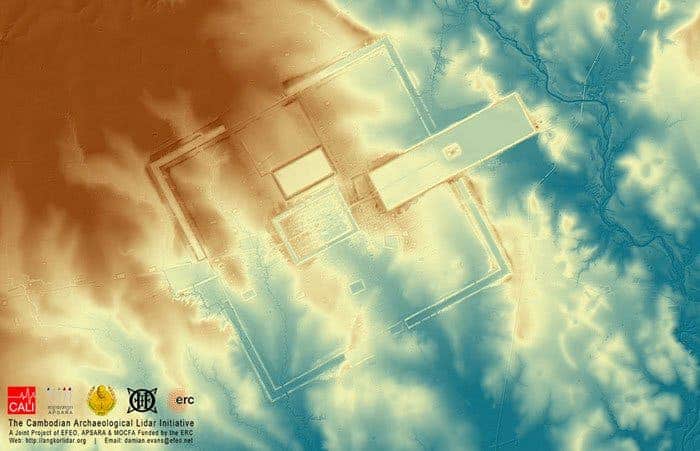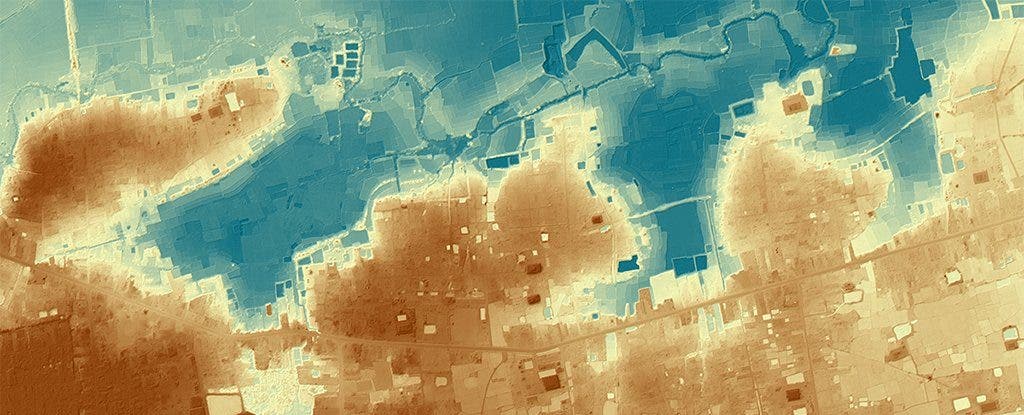Who needs Indiana Jones when you’ve got technology? A new study using laser imaging has revealed several impressive cities hidden in the Cambodian jungle.
Doing archaeology in vegetation-rich areas can be a big hassle, and even impossible. Cambodia’s jungle is big, rugged and arduous even to access, let alone do archaeological studies in it. But then again, who needs to get their hands dirty in the jungle, when you can simply fly above it?
Several organizations have launched the Cambodian Archaeological Lidar Initiative, which aims to use remote airborne laser scanners (a technology called LIDAR) to visualize undiscovered archaeological sites. The same technology has been proven many times in the past, including for finding some forgotten Roman Roads.
LIDAR didn’t disappoint this time either, and scientists found several settlements close to the ancient temple city of Angkor Wat in the north-west of the country, dated from approximately 900-1400 years ago. Some of the cities are so big, they’re comparable in size to Cambodia’s current capital, Phnom Penh.
“We have entire cities discovered beneath the forest that no one knew were there,” archaeologist Damian Evans, who carried out the research, told The Guardian.
“These airborne laser discoveries mark the greatest advance in the past 50 or even 100 years of our knowledge of Angkorian civilisation,” archaeologist Michael Coe from Yale University, who wasn’t involved in the research, told The Guardian.
The technique uses a helicopter to fly above the ground. The helicopter is fitted with an airborne laser scanner which sends 16 laser pulses which measure each square metre of ground, revealing the height of the ground. The helicopter flies at a constant speed, highlighting where rising structures stand.
The good thing about this technique is that it clearly shows structures which would otherwise be very difficult to spot. You may be walking right in the middle of a former city and not even realize it.
“It turned out we’d been walking and flying right over the top of this stuff for 10 years and not even noticing it because of the vegetation,” said Evans. “What we had was basically a scatter of disconnected points on the map denoting temple sites. Now it’s like having a detailed street map of the entire city.”
The LIDAR scans revealed roads, canals, furnaces, and even beer gardens. This is a bigger finding than even the more optimistic archaeologists were expected. Remote sensing is changing archaeology, and for starters – it may revolutionize what we know about Cambodian civilizations.












